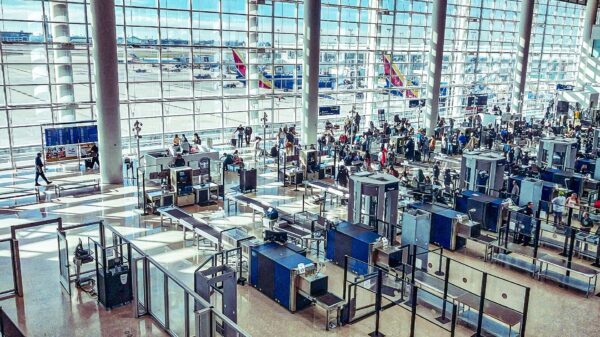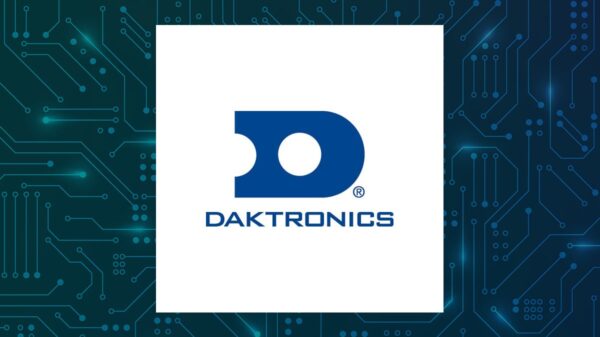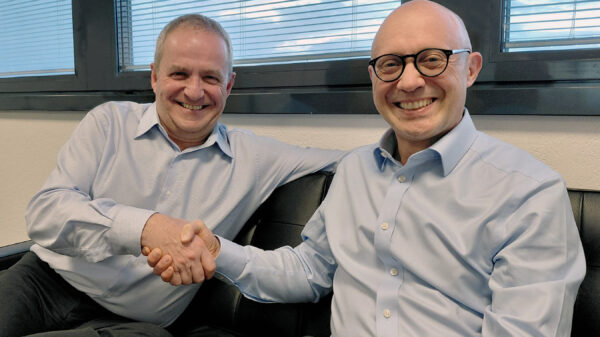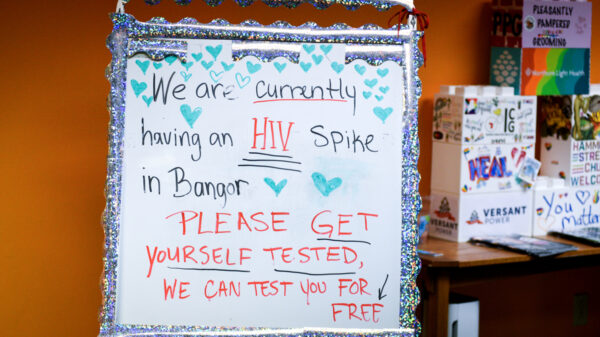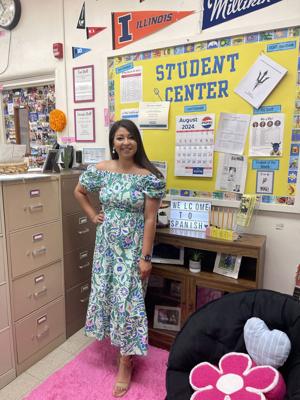As summer draws to a close, teachers are preparing for the upcoming 2025-26 school year. In a recent discussion, educators shared their dream purchases for their classrooms if budget constraints were removed. This engaging conversation highlights the diverse needs and imaginative ideas that could enhance the learning environment for students.
Innovative Ideas for Enhanced Learning
Among the suggestions, high school Spanish teacher Elizabeth Nieto emphasized the importance of sound in her classroom. She expressed a desire for a surround-sound system, stating, “I play a lot of Spanish music and listen to different dialects throughout all the Spanish-speaking countries.” Nieto believes that improved audio equipment would significantly enhance her students’ learning experiences.
In a similar vein, Jennifer Haile, a teacher who values playtime, proposed investing in a Recess Robot. This innovative idea stems from her recognition of the vital role recess plays in students’ social development. “A Recess Robot could help out by acting as an extra set of eyes,” she explained, highlighting its potential to supervise games and ensure inclusivity during outdoor activities.
Creating Supportive Spaces
For Sushma Bridgemohan, the key addition to her new classroom would be a window that allows natural light. She also advocated for resources to create a safe and supportive environment, which could include counseling services or therapy animals. Bridgemohan emphasized the need to address students’ emotional and psychological needs alongside their academic requirements.
Meanwhile, fourth-grade teacher Taylor Carlson envisioned a magical classroom inspired by Disney. She described plans for a Disney-themed art studio, complete with character furniture and an interactive digital wall featuring rotating scenes. “Learning should be fun,” Carlson stated, expressing her belief that joy and wonder are powerful tools in education.
Engaging and Inclusive Learning Tools
Physics teacher Alex Gordon took a humorous approach, suggesting extravagant additions like an industrial junkyard magnet for demonstrations and even a full-sized dinosaur model. He noted that these items would not only engage students but also make complex subjects like electromagnetism more relatable.
On a more serious note, Claire Pritchard focused on equity in education. “If money was no object, I would spend it to ensure every kid in Champaign had access to materials and resources,” she stated, highlighting the disparities faced by many educators.
For music educator Sue Keeble, an automated seating system would transform her classroom. She imagines a space that could adapt to various activities, making room for both instruction and movement, which is crucial in music education.
Fostering Community and Accessibility
Essential skills teacher Toniya Robinson-Kelly expressed a need for a mobile, interactive smart board that could accommodate all learners. “This would be a game-changer for my students,” she noted, emphasizing the importance of accessibility and engagement in diverse learning environments.
Levi Molenhour proposed replacing traditional desks with kitchen tables to create a more home-like atmosphere, while Lisa Palinski suggested that flexible seating options would enhance learning. “Fun seats would enhance their learning experience,” she remarked, noting how varied seating has positively impacted her students’ engagement.
Finally, Jessica Lock, a kindergarten teacher, highlighted the significance of play in early education. She dreams of a dramatic play center that can stimulate imagination and exploration, understanding that play is vital for young learners.
The ideas shared by these educators reveal a deep commitment to creating enriching learning environments. As they prepare for the new school year, their innovative visions could inspire changes that promote engagement, inclusivity, and creativity in classrooms around the globe.










